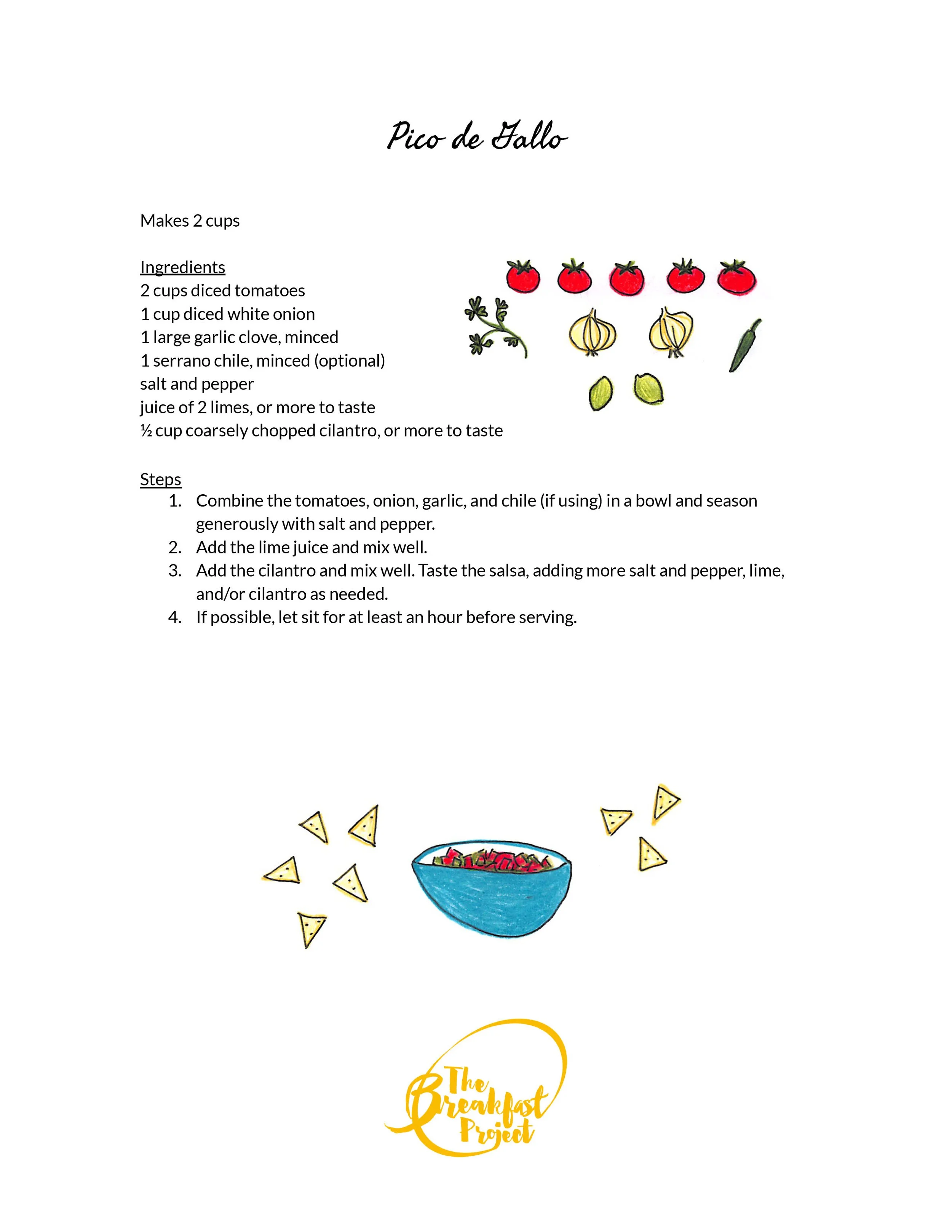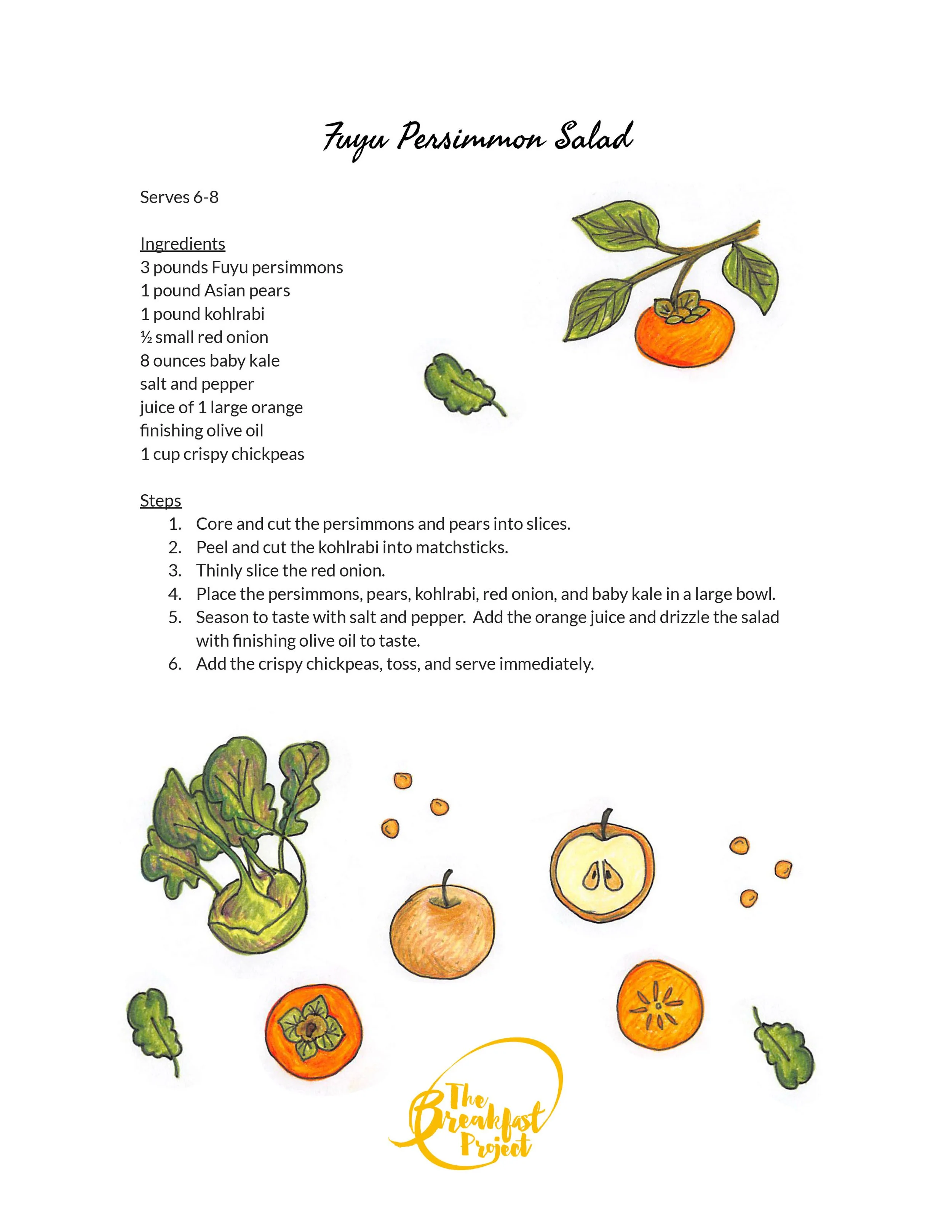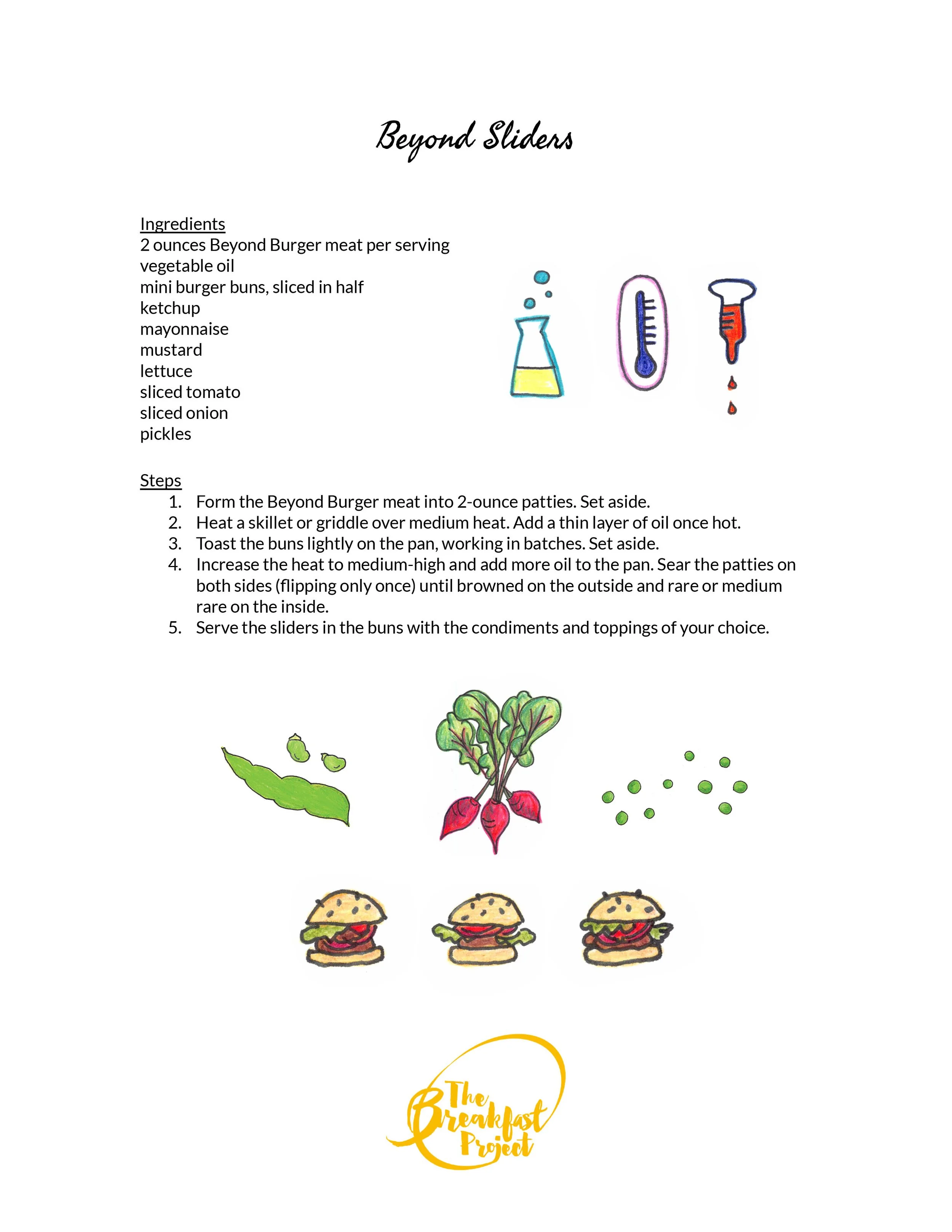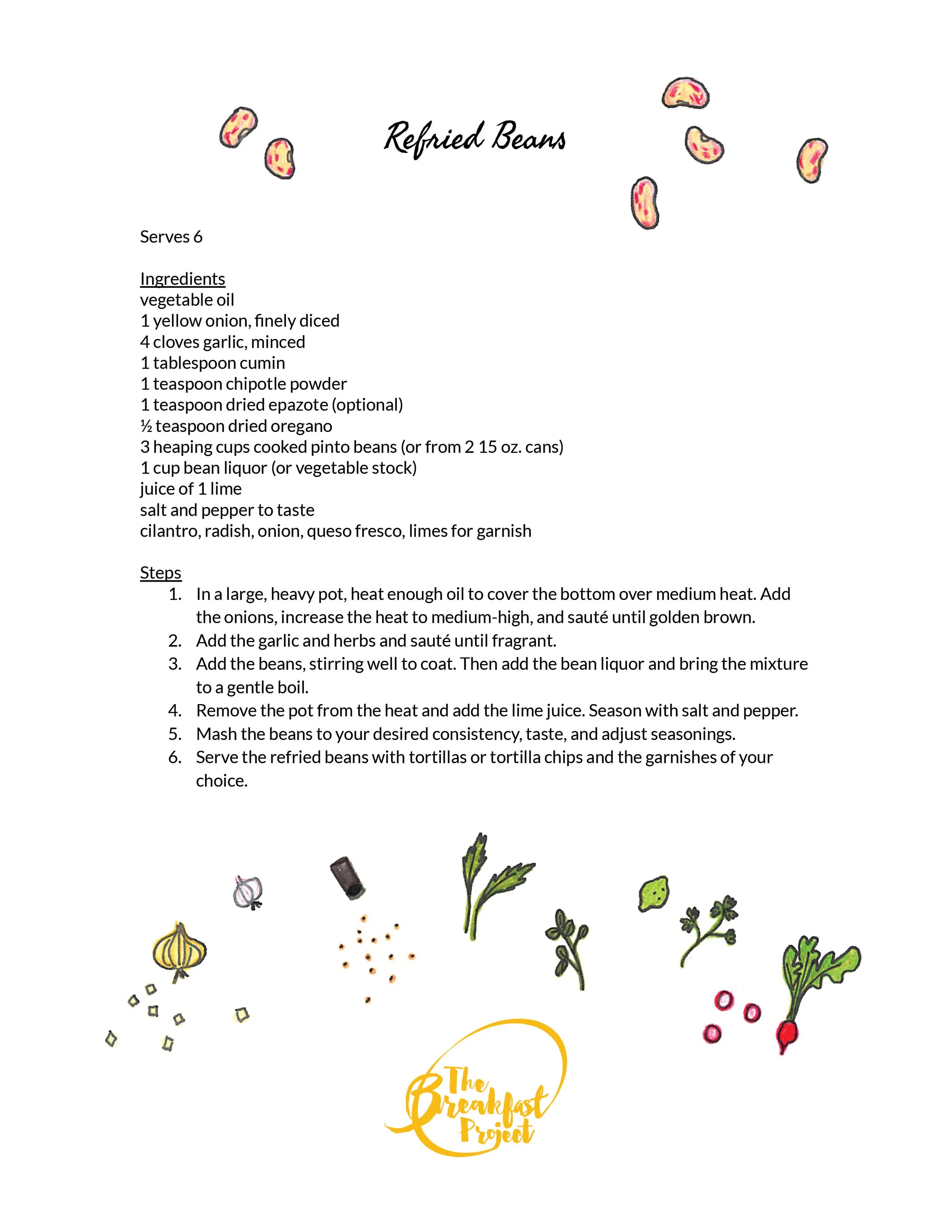Our celebrated vegetable for January was Brussels Sprouts! In the classroom, we learned that Brussels Sprouts are named for Brussels, Belgium, where they were first developed, and that they are relatives of other vegetables like broccoli, mustard, radish, and cabbage. The TK chefs also looked at a photo of students in London who powered a Christmas tree with 1,000 Brussels sprouts back in 2013.
We sang a silly ukulele song to the tune of Row, Row, Row Your Boat:
Brussels sprouts, Brussels sprouts, round and green: Winter immunity!
Roast them, shred them, eat them in a slaw to power our community.
In the kitchen we made a pasta salad with orecchiette, blanched Brussels sprout leaves, golden beets, Honeycrisp apples, loads of herbs, and a lemon balsamic dressing.






























































































































































































































































































































































































































































































































































































































